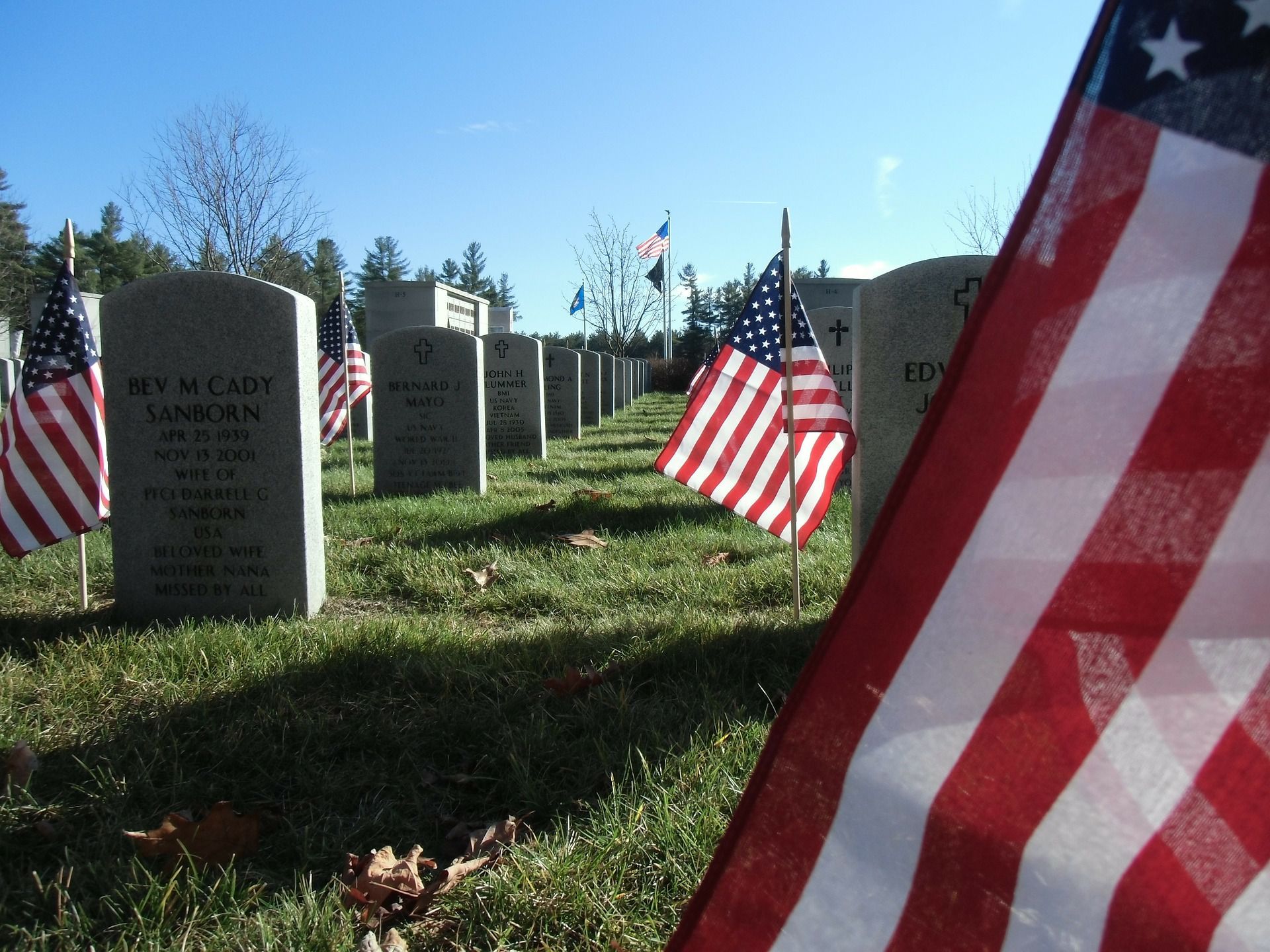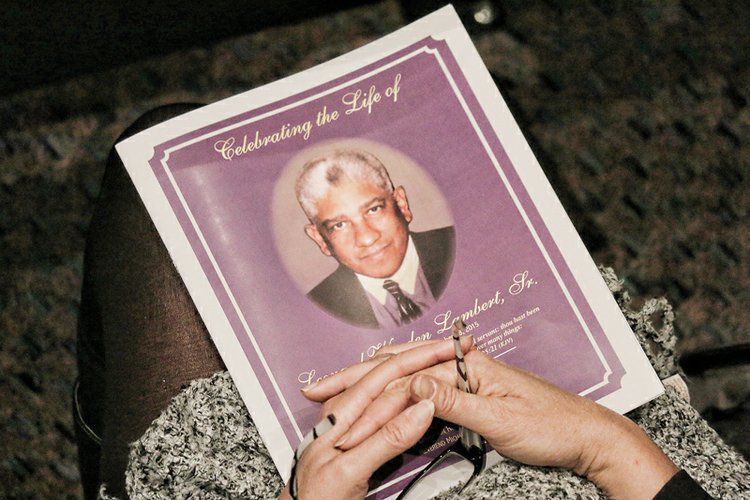


It has become more and more common for people to live outside of their hometown and even abroad, making it more difficult to return home for the funerals of older family members. Funerals are an important part of the grieving process and people want to experience them, even if they can’t be present in person.
A survey conducted in Britain last year showed the more than 60 percent of funeral directors had received requests to livestream a funeral. Funeral homes started offering this option as early as 2000, but its popularity has increased sharply in recent years.
Many news outlets, from The Atlantic to The New York Times , have explored this new funeral home trend and its potential fallbacks. Some critics argue that livestreaming a funeral might make mourners less inclined to attend, which can be difficult for the grieving hosts of the funeral who need to see loved ones in person. Others argue that struggling with technical difficulties of a livestreamed funeral is unhealthy for a grieving person.
To live stream a funeral, a camera is set up in the back of the chapel or funeral home. As the camera captures the service, it uploads it in real time to the web, where far-flung loved ones can log on to a portal with a username and password to view the funeral. Some funeral homes offer to set up a livestream for a nominal fee and some services, like One Room Streaming , will come to the funeral home and set it up for you. You can also take a “do it yourself” approach with just some basic technology and a Facebook account. Here are some tips for livestreaming a funeral.
Use a Microphone
Much of what is meaningful at a funeral is what is heard—sermons, eulogies, songs. These are vitally important to the funeral service and therefore, it is important that you have the right audio for livestreaming.
The easiest way to do this is with microphones so that the sound is amplified for your camera’s natural audio. Most funeral homes will be able to provide both handheld and lapel mics. Just make sure everyone who comes up to speak is outfitted with one.
Keep the Camera Still
While you can livestream from your phone, it’s best not to be holding the device from which you are streaming. Even the slightest twitch or movement can be frustrating for the audience.
Invest in a simple tripod and attach your phone to it. Better yet, livestream using a webcam that is attached to a computer and set the computer on a level, sturdy surface.
How to Livestream a Funeral on Facebook
There are many different livestreaming services available. One of the easiest ones to use is Facebook and most of us already have an account.
One the status update box of your Facebook profile, you will find a “Live Video” icon that looks like a small video camera. When you click on this icon, Facebook will automatically connect to your computer webcam or phone camera and the livestream screen will appear.
To the right of the livestream screen, there is a section labeled “Live Video Settings.” Here, you can select where you want to share your livestream: on your timeline, in a group, in an event, or on a page you manage. If you want people who aren’t connected with you as friends on Facebook to see the video, you’ll need to change the privacy settings in the bottom right corner to “Public.” You can also put a description of the livestream video.
When you’ve set up the camera and microphone properly, you click the blue “Go Live” button in the bottom right corner. After three seconds, your livestream will begin. After you click the “Finish Livestream” button, the video you streamed will be available as a recording on your Timeline.
A Personal Decision
Livestreaming is convenient for long-distance loved ones, but it’s not a requirement. Despite it’s popularity, some families may still choose to keep the funeral experience limited to people in attendance.
Whatever you decide, don’t let the livestreaming process compound your grief. Ask for help from technologically savvy loved ones and your funeral director. The Hutchison Funeral Home is always happy to help set up livestreaming for your funeral.


